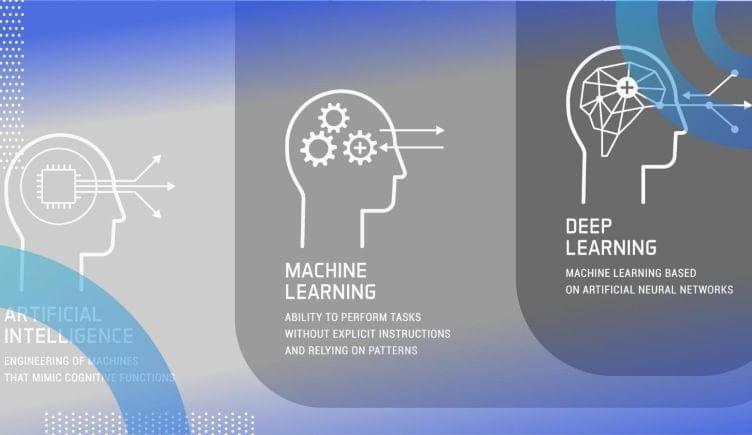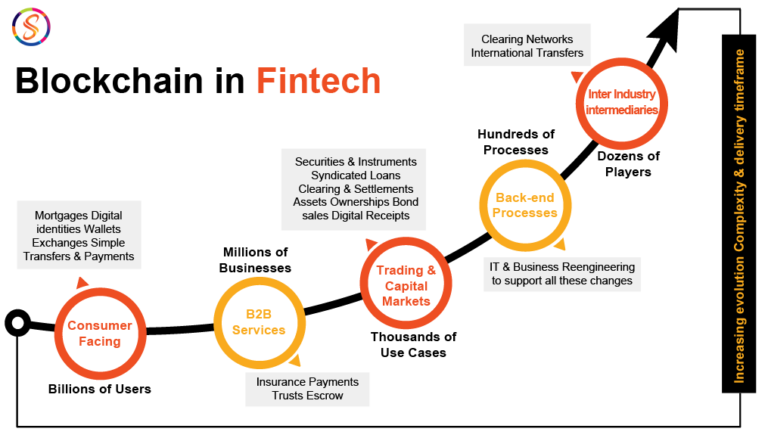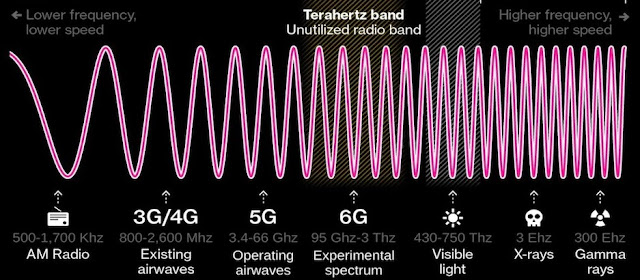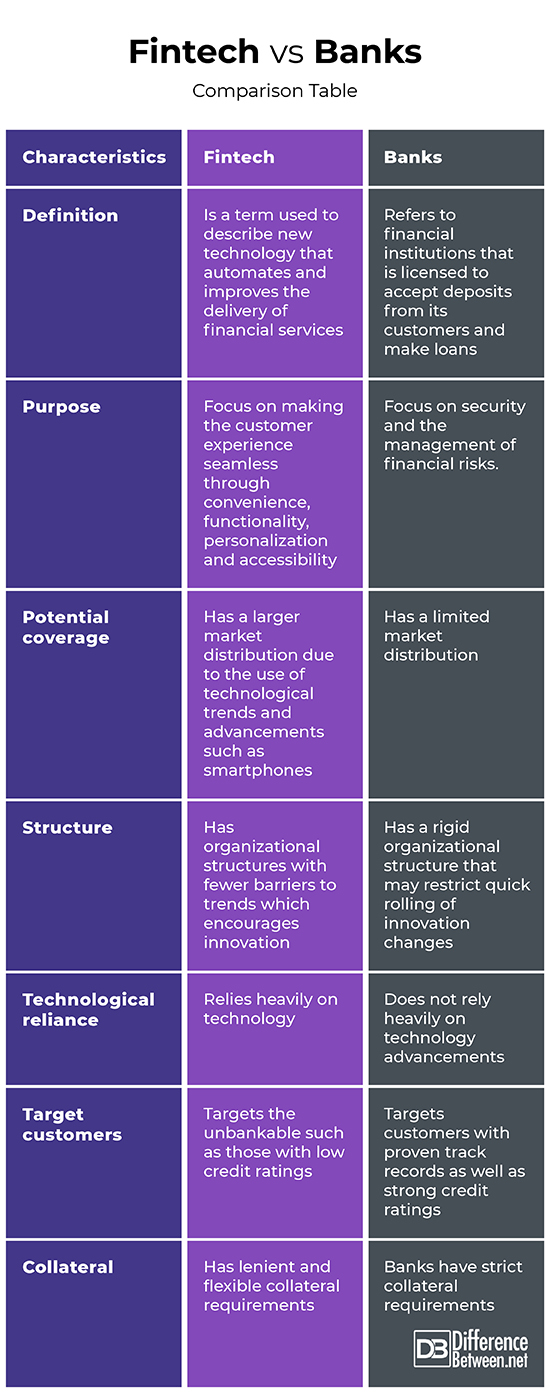What Is In Artificial Intelligence And Machine Learning?
Artificial Intelligence (AI) and Machine Learning (ML) are two related but distinct fields of study that have gained a lot of attention in recent years. AI is the broader science of making machines behave like humans, while ML is a specific type of AI that enables machines to learn from data. Together, these technologies are used to solve complex problems, automate processes, and uncover insights from data. AI and ML are used in a variety of industries such as finance, healthcare, media, and manufacturing. Companies are using these technologies to gain a competitive edge and revolutionize how they operate. As the technology continues to evolve and become more accessible, AI and ML will become increasingly important for businesses.
History of Artificial Intelligence and Machine Learning
The history of Artificial Intelligence (AI) and Machine Learning (ML) is rooted in the earliest days of computer science. In 1950, Alan Turing proposed the Turing Test as a way to measure the intelligence of a machine. In 1956, John McCarthy coined the term “Artificial Intelligence” and developed the programming language Lisp, which is still used today. In 1969, Marvin Minsky and Seymour Papert wrote the seminal book Perceptrons, which outlined the basics of neural networks and laid the groundwork for modern machine learning.
Since then, AI and ML have been advancing rapidly. In 1997, IBM’s Deep Blue bested world chess champion Garry Kasparov, and in 2011, IBM’s Watson won the Jeopardy! tournament. Today, AI and ML are used in a variety of industries, from healthcare to finance, and are even used to create autonomous vehicles.
AI and ML rely heavily on data— they use algorithms to find patterns and insights within massive amounts of data. This means AI and ML can be used to automate processes, create predictive models, and optimize decision-making. AI and ML are also used to create natural language processing models, which can be used to understand and respond to human language.
Thanks to advances in computing power, AI and ML are becoming more powerful and accessible than ever before. With the right data and algorithms, AI and ML can be applied to virtually any problem and can have a profound impact on our lives.
Key Concepts in Artificial Intelligence and Machine Learning
Artificial Intelligence and Machine Learning are two of the most important concepts of the modern digital era. AI and ML are the basis for many new technologies that are rapidly changing the way we live. But what do these terms actually mean?
AI is a broad term for any computer program that can “think” and “learn”. This includes programs that can solve problems, recognize patterns, and make decisions. Machine Learning, on the other hand, is a subset of AI. It is the process of teaching a computer to “learn” by itself, without explicit programming.
At the heart of Artificial Intelligence and Machine Learning are algorithms. Algorithms are sets of instructions that a computer follows in order to accomplish a task. ML algorithms are used to “train” a computer to recognize patterns, understand language, and make decisions.
In addition to algorithms, AI and ML require data. Data is used to “teach” the algorithms how to recognize patterns and make decisions. The more data a machine has access to, the better it can understand the patterns and make decisions.
These are the key concepts in Artificial Intelligence and Machine Learning. By understanding these concepts, we can better understand how AI and ML are being used in various industries and how they will continue to shape the future.
Current Applications of AI and ML Technologies
Artificial Intelligence (AI) and Machine Learning (ML) technologies are rapidly transforming the way we interact with the world. They are being applied to a wide range of industries such as healthcare, finance, transportation, and retail. AI and ML are being used to improve existing processes, create better customer experiences, and develop new solutions. AI and ML algorithms are being used to identify patterns and trends, create automated decision-making systems, and enable robots to interact with their environment. AI and ML are being used to automate mundane tasks, allowing businesses to focus on more pressing tasks. AI and ML are also used to increase automation of processes, improve accuracy of predictions, and speed up the decision-making process. AI and ML are being used to improve data analysis and to create more accurate models for predicting outcomes. In addition, AI and ML are being used to develop self-learning systems and to create machine-learning applications such as chatbots and virtual assistants. AI and ML are helping to improve customer service, reduce costs, and increase operational efficiency. AI and ML technologies are revolutionizing the way we interact with the world and are transforming the way businesses operate.
Challenges and Opportunities with AI and ML
Artificial Intelligence (AI) and Machine Learning (ML) are two of the most hyped technologies of the 21st century. AI and ML are powerful tools that are transforming industries and enabling businesses to become smarter and more efficient. As with any new technology, there are both challenges and opportunities associated with the use of AI and ML.
The biggest challenge with AI and ML is the lack of human understanding of the technology. AI and ML rely on algorithms and data to make decisions, rather than on human experience and intuition. This makes it difficult to predict how AI and ML will behave in any given situation.
On the other hand, the opportunities associated with AI and ML are vast. AI and ML can help businesses automate tedious tasks, increase efficiency, and make decisions faster and more accurately. With the right implementation, AI and ML can help businesses gain a competitive advantage and remain ahead of the curve.
In addition, AI and ML can be used to improve customer experience and engage customers more effectively. AI and ML can be used to personalize content for customers, understand customer behavior, and provide personalized recommendations.
Overall, AI and ML present both challenges and opportunities for businesses. To reap the full benefits of AI and ML, businesses must carefully consider their implementation strategy and find ways to bridge the gap between human understanding and machine learning. With the right approach, businesses can unlock the power of AI and ML and unlock new opportunities for growth.
The Future of AI and ML
As the world continues to advance in technology, artificial intelligence (AI) and machine learning (ML) are becoming more integrated into everyday life. AI and ML are two of the most exciting and rapidly growing fields in technology, with applications in almost every industry imaginable. AI and ML are being used to solve complex problems, automate processes, and provide insights that were previously impossible. AI and ML are also being used to improve efficiency, reduce costs, and create new products and services. With the rise of AI and ML, the future of these technologies is incredibly promising.
AI and ML are being used to automate mundane tasks, improve decision-making processes, and provide insights that were previously impossible. AI and ML algorithms are being used to develop smart robots and self-driving cars, develop virtual assistants, and improve data analysis. AI and ML are also being used to develop chatbots and natural language processing (NLP) algorithms, which can understand and respond to user requests. As AI and ML continue to evolve, they will be used to create new products and services and revolutionize the way people live and work.
The potential of AI and ML are limitless, and the possibilities are only growing. AI and ML have the potential to revolutionize almost every industry, from healthcare to finance, and from retail to manufacturing. As AI and ML continue to evolve, they will be used to create more efficient and effective solutions, automate mundane tasks, and help solve complex problems. AI and ML are also being used to create smart robots and autonomous vehicles, develop virtual assistants, and create more accurate and comprehensive data analysis. The future of AI and ML is incredibly exciting and holds immense potential.
Ethical Considerations of AI and ML
As Artificial Intelligence (AI) and Machine Learning (ML) technologies become more widely used in our everyday lives, the ethical considerations of their use are becoming increasingly important. AI and ML have the potential to revolutionize the way we work and live, and this means that we must consider how we use these powerful technologies responsibly. We need to think carefully about the consequences of using AI and ML, and how they may affect our lives and the lives of others.
There are a number of ethical considerations when it comes to AI and ML. For example, one of the biggest concerns is the potential for biased decision-making. AI and ML are designed to learn from patterns in data, and if the data is biased then the technology could replicate these biases in its decisions. This could result in unfair decisions being made or discriminatory behaviour. To ensure that AI and ML technologies are used responsibly, there needs to be strict regulation in place to ensure that they are used ethically and without bias.
Another ethical consideration of AI and ML is the potential for privacy violations. As AI and ML are used to make decisions about our lives, they need access to large amounts of data. This data can be sensitive and could be used to target or manipulate people in unethical ways. We need to ensure that AI and ML are used responsibly and that privacy is protected.
Finally, AI and ML can also be used to automate certain tasks, and this could have an impact on human employment. Automation has the potential to reduce the need for human labour in certain industries, and this could lead to job losses and financial insecurity. We need to consider how to use AI and ML responsibly to ensure that these technologies do not cause more harm than good.
Overall, AI and ML are powerful technologies with a lot of potential, but we need to be aware of the ethical considerations of their use. It is important to ensure that these technologies are used responsibly and that the interests of both people and businesses are respected.
FAQs About the What Is In Artificial Intelligence And Machine Learning?
Q1: What is Artificial Intelligence (AI)?
A1: Artificial Intelligence (AI) is a form of intelligence exhibited by machines that is modeled after the cognitive functions of the human mind, such as learning, problem solving, decision making, and so on.
Q2: What is Machine Learning (ML)?
A2: Machine Learning (ML) is a sub-field of AI that utilizes algorithms to learn from data and improve performance over time. ML algorithms learn from the data they are presented with, allowing for faster and more accurate decisions.
Q3: How can AI and ML be used together?
A3: AI and ML can be used together to create intelligent systems that can autonomously respond to data and improve its own performance over time. This could be used to help automate processes such as customer service, data analysis, or even medical diagnosis.
Conclusion
In conclusion, Artificial Intelligence and Machine Learning have the potential to revolutionize our world. AI and ML are powerful tools that will help us to automate and optimize many processes, and to better understand and interact with our environment. AI and ML are also rapidly advancing, so the possibilities of what can be achieved with these technologies are continually growing. With the right approach, AI and ML can improve our lives in ways that were once thought impossible.




